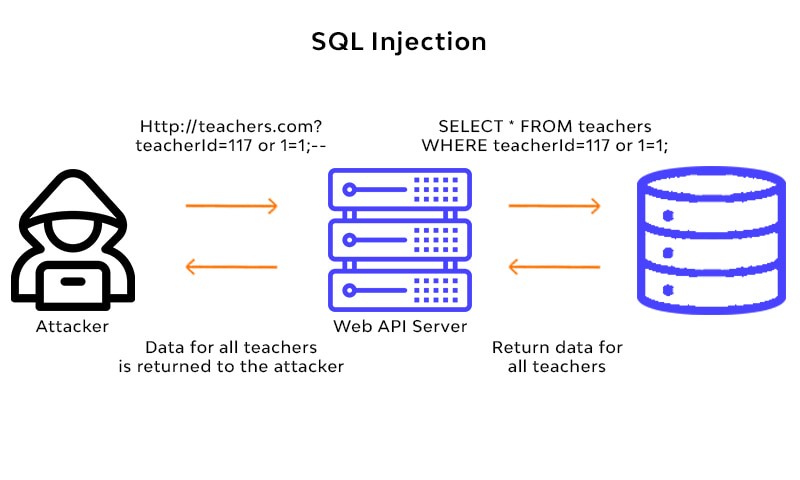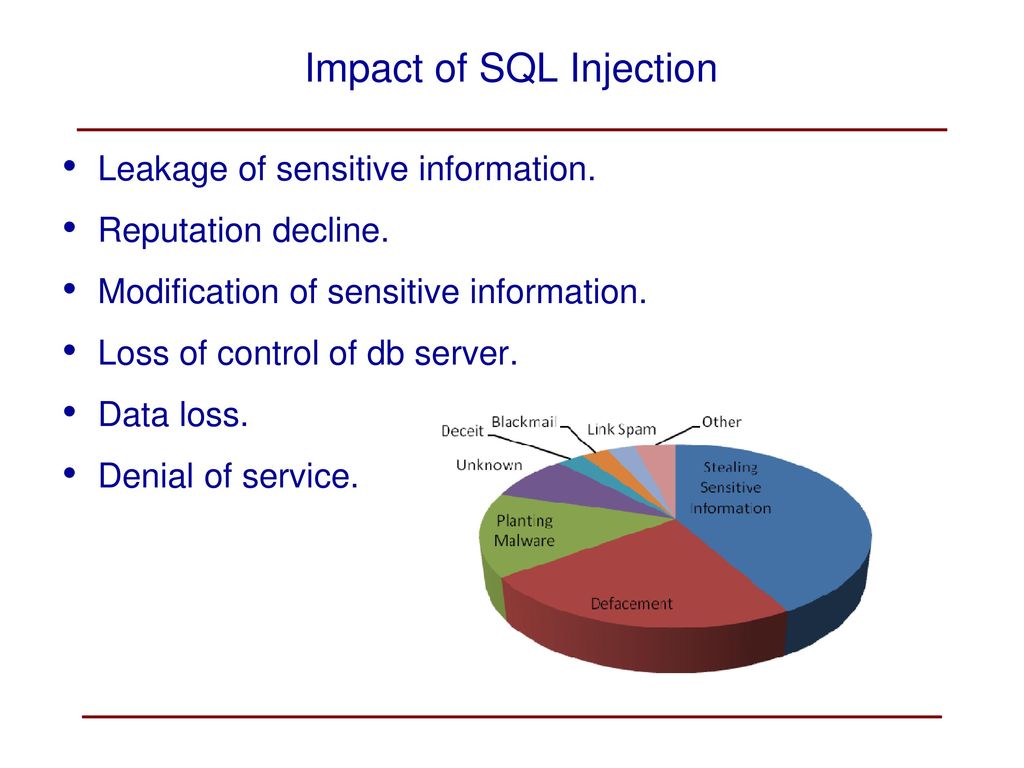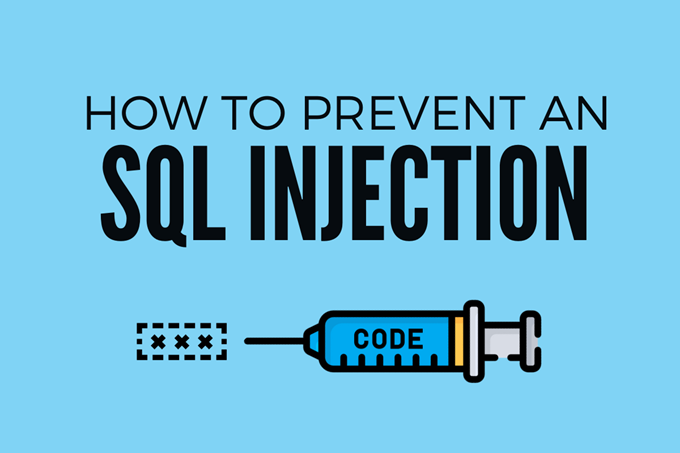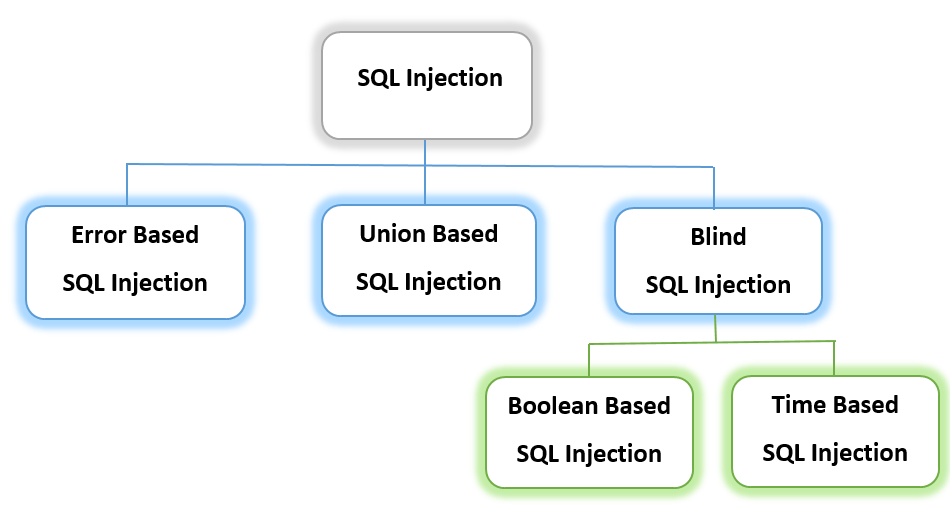Introduction
SQL injection is an attack in which a malicious user can insert arbitrary SQL code into a web application’s query, allowing them to gain unauthorized access to a database. We can use this to steal sensitive information or make unauthorized changes to the data stored in the database. It occurs when user input is not properly sanitized before being passed to a SQL query, allowing an attacker to insert malicious code executed by the database management system.

It is essential to study SQL injection attacks nowadays because they continue to threaten the security of web applications and the sensitive data they store. Despite being a well-known issue for many years, its attack continues to be successful because developers may not be sufficiently aware of the risks or may not take the necessary steps to protect their applications.
Additionally, as technology and the use of web applications continue to evolve, new opportunities for attacks may arise. For example, the growing use of cloud-based services and microservices can create new attack surfaces that need to be secured. Furthermore, the continued growth of the Internet of Things (IoT) devices and the proliferation of connected devices increases the attack surface, making SQL injection a more pressing concern. With increasing reliance on technology, it is important for organizations to be aware of the risks and to have the knowledge and tools necessary to protect against such attacks.

Source: www.linkedin.com
Learning Objectives
Below are the major learning objectives of that article:
- You will learn what SQL injections are and how they work.
- You will learn about the types of SQL injections and their impact in the real world.
- Discuss real-world scenarios in which big-tech giants like Yahoo and Linkedin lose millions of dollars by not taking SQL Injections carefully.
- Go through some code examples to get a practical demonstration of the SQL Injections.
Table of contents
Devastating Consequences of SQL Injection Attacks
SQL injection attacks can have serious consequences for the security and integrity of a web application and the sensitive data it stores. The impact of a successful SQL injection attack can include the following:
- Data Theft: An attacker can use SQL injections to gain unauthorized access to sensitive data, such as customer names, addresses, and credit card information, and exfiltrate it.
- Data Corruption: An attacker can use SQL injections to modify or delete data stored in a database, causing damage to the application and potentially disrupting business operations.
- Server Compromise: A successful SQL injection attack can provide an attacker with the ability to execute arbitrary code on the server, potentially gaining control of the underlying system and access to other resources on the network.
- Denial of Service (DoS): An attacker can use SQL injections to overload a database or a web application, causing it to crash or become unavailable.
- Compliance Violation: A SQL injection attack can result in a data breach, which may violate regulations and industry standards for protecting sensitive information and result in significant financial and reputational damage to the organization.
It is important to understand the potential impact of SQL injection attacks and prioritize and invest in the necessary resources to prevent, detect, and respond to them.

Proven Methods for Preventing SQL Injection

By implementing these and other security measures, organizations can effectively protect their web applications and databases against SQL injection attacks.
- Input Validation: Validate all user input to ensure it is of the correct type and format and reject any input that does not meet these criteria.
- Parameterized Queries: Use prepared statements, parameterized queries, or stored procedures to separate user input from query commands rather than concatenating user input into a query string.
- Escaping Special Characters: Escape any special characters in user input that we may use to inject malicious SQL code, such as single quotes and semicolons.
- Limiting User Privileges: Limit the privileges of the database user associated with the web application to the minimum necessary to perform its intended functions.
- Use of ORM: Use Object-Relational Mapping (ORM) frameworks. It abstracts the database operations and automatically escapes the user inputs.
- Regularly Monitoring and Inspecting: Monitor and inspect the web application and associated databases for signs of SQL injection attempts and unusual activity.
- Using Web Application Firewall (WAF): WAF for web application security can protect against attacks by identifying and blocking malicious SQL code before it reaches the application.
- Keeping Software Updated: Keep all software components, including the web application, web server, and database management system, up-to-date with the latest security patches and updates.
Different Forms of SQL Injection Attacks
It’s important to understand the different types of attacks to be aware of the various ways that attackers may attempt to exploit vulnerabilities in your application and take the necessary steps to protect against them.
- Classic SQL Injection: This attack involves injecting malicious SQL code into an input field, such as a login form, to gain unauthorized access to the database.
- Blind SQL Injection: This type of attack is used when the attacker cannot see the results of their injected SQL code but can still cause the application to respond in a way that reveals information about the structure or contents of the database.
- Time-based SQL Injection: This attack involves injecting SQL code that causes a delay in the application’s response, which can then be used to infer information about the database.
- Error-based SQL Injection: This type of attack takes advantage of errors or messages generated by the application in response to injected SQL code, which can reveal information about the database.
- In-band SQL Injection: This attack uses the same channel for both injection and extraction of data.
- Out-of-band SQL Injection: This attack uses a different channel for data extraction, usually a DNS or HTTP request.
- Union-based SQL Injection: This attack is used to extract data from the database using the UNION operator to combine the results of the injected SQL code with a legitimate query.
- Inferential SQL Injection: This type of attack uses the timing of the application’s responses to infer information about the structure or contents of the database.

Various Attacks in the History that Made Headlines
Examples of real-life SQL injection attacks that have caused significant damage to the affected organizations regarding financial loss and reputational damage. These attacks demonstrate the importance of protecting web applications and databases against vulnerabilities.
Target Corporation
In 2013, Target Corporation, a big company in the United States, suffered a data loss due to a SQL injection attack. The attack resulted in the theft of sensitive information, such as credit card numbers and personal data, of over 40 million customers. The attackers could gain access to Target’s network by exploiting a vulnerability in the retailer’s point-of-sale system. Once inside the network, the attackers could use a SQL injection attack to steal customer data. The incident resulted in significant financial losses for Target and damage to the company’s reputation. The attack also led to stricter regulations and laws on data security and breach notification and a renewed focus on protecting against SQL injection attacks.
Yahoo!
Yahoo, another multinational company, also suffered a similar data breach due to a SQL injection attack in 2013. The attackers were able to gain unauthorized access to sensitive information, such as email addresses, telephone numbers, and dates of birth, of over 3 billion Yahoo user accounts. The attackers exploited the company’s custom software vulnerability by using SQL injections to steal data. The incident resulted in significant financial losses for Yahoo and also damaged the company’s reputation. This attack brought attention to the importance of protecting against SQL injection attacks and the need for stronger security measures to protect sensitive data. After the attack, Yahoo took several steps to secure its systems and improve its security practices, and it also provided notifications to the affected users.
Sony
In the case of Sony, the attackers were able to gain unauthorized access to sensitive information, such as personal data and login credentials, of over 77 million Sony Playstation Network and Qriocity users. The attackers were able to exploit a vulnerability in the company’s network by using SQL injections to steal data. The incident resulted in significant financial losses for Sony and damage to the company’s reputation. Sony had to shut down its PlayStation Network for a month to address the issue, leading to a loss of revenue and customer trust. This attack brought attention to the importance of protecting against SQL injection attacks and the need for stronger security measures to protect sensitive data. After the attack, Sony took several steps to secure its systems and improve its security practices, and it also provided notifications and free services to the affected users.
The attackers were able to gain unauthorized access to sensitive information, such as email addresses and hashed passwords, of over 167 million LinkedIn users. The attackers were able to exploit a vulnerability in the company’s system by using SQL injections to steal data. The incident resulted in significant financial losses for LinkedIn and damage to the company’s reputation. This attack brought attention to the importance of protecting against SQL injection attacks and the need for stronger security measures to protect sensitive data. After the attack, LinkedIn took several steps to secure its systems and improve its security practices, and it also provided notifications and free services to the affected users. The stolen data was later found to be sold on the dark web, stressing the importance of password security and encouraging users to use unique, strong passwords.
SQL Injection Code Examples
This section will look at the basic examples of SQL Injection.
1. Classic SQL injection: It is used to bypass login authentication by manipulating the SQL query to always return a true statement. The example I provided above in the input field, admin’ OR ‘1’=’1 will change the SQL query to SELECT * FROM users WHERE username=’admin’ OR ‘1’=’1′ AND password='{password_entered}.’ This will always return a true statement and allow the attacker to log in as the admin user.
Example :
input : ' OR '1'='1
SQL query : SELECT * FROM users WHERE username='' OR '1'='1' AND password='{password_entered}'
2. Union-based SQL injection: extracts data from a database by appending an additional SQL query to the original query.
Example : Input : ' UNION SELECT 1,2,username,4,password FROM users WHERE '1'='1 SQL query : SELECT * FROM users WHERE username='' UNION SELECT 1,2,username,4,password FROM users WHERE '1'='1'
3. Error-based SQL injection: It extracts data from a database, causing the application to return error messages revealing information about the underlying database.
Example : Input : ' OR 1=1 -- SQL query : SELECT * FROM users WHERE username='' OR 1=1 --'
4. Blind SQL injection: It is used when the application does not return any error messages, but the attacker can still extract information by sending requests that cause the application to respond differently based on the information they want.
Example : Input : admin' AND (SELECT COUNT(*) FROM information_schema.tables) = 0 -- SQL query : SELECT * FROM users WHERE username='admin' AND (SELECT COUNT(*) FROM information_schema.tables) = 0 --'
5. Time-based SQL injection: This type of SQL injection is used when the attacker can extract information, causing the application to delay its response based on the information they want.
Example : Input : admin' AND (SELECT IF(SUBSTR((SELECT password FROM users WHERE username='admin'),1,1)='a', SLEEP(5), 0))=0 -- SQL query : SELECT * FROM users WHERE username='admin' AND (SELECT IF(SUBSTR((SELECT password FROM users WHERE username='admin'),1,1)='a', SLEEP(5), 0))=0 --'
Conclusion
In conclusion, SQL injections are a critical security vulnerability that allows attackers to bypass authentication, extract sensitive data, and execute malicious code on a target database. It occurs when an attacker inserts malicious code into an input field, such as a login form. The database then executes that. Several types of SQL injection attacks include classic, union-based, error-based, blind, and time-based. These attacks can severely impact organizations, including data breaches and loss of sensitive information.
Key Takeaways
- We have discussed what SQL injections are and why this technology needs to be known.
- Understand the impact and the ways to prevent it, like Input Validation, Parameterized Queries Limiting User Inputs, etc.
- We also discussed some types of SQL Injections like error-based, time-based, union based, etc. And then discussed some real-life examples of big firms like Linkedin, Yahoo, etc.
- Learnt some basic codes and commands and concluded the article.
Frequently Asked Questions
A. SQL injection involves attackers manipulating input fields to inject malicious SQL code, potentially gaining unauthorized access to a database, bypassing security measures.
A. SQL injection is a severe threat, enabling unauthorized access, data manipulation, or deletion. It can lead to data breaches, financial losses, and compromise system integrity.
A. Yes, SQL injections are illegal. They violate computer security laws as they involve unauthorized access, manipulation, or theft of sensitive data from a database.
A. An infamous case is the 2014 attack on Yahoo, where hackers used SQL injection to exploit a vulnerability, compromising millions of user accounts and sensitive information.
The media shown in this article is not owned by Analytics Vidhya and is used at the Author’s discretion.





